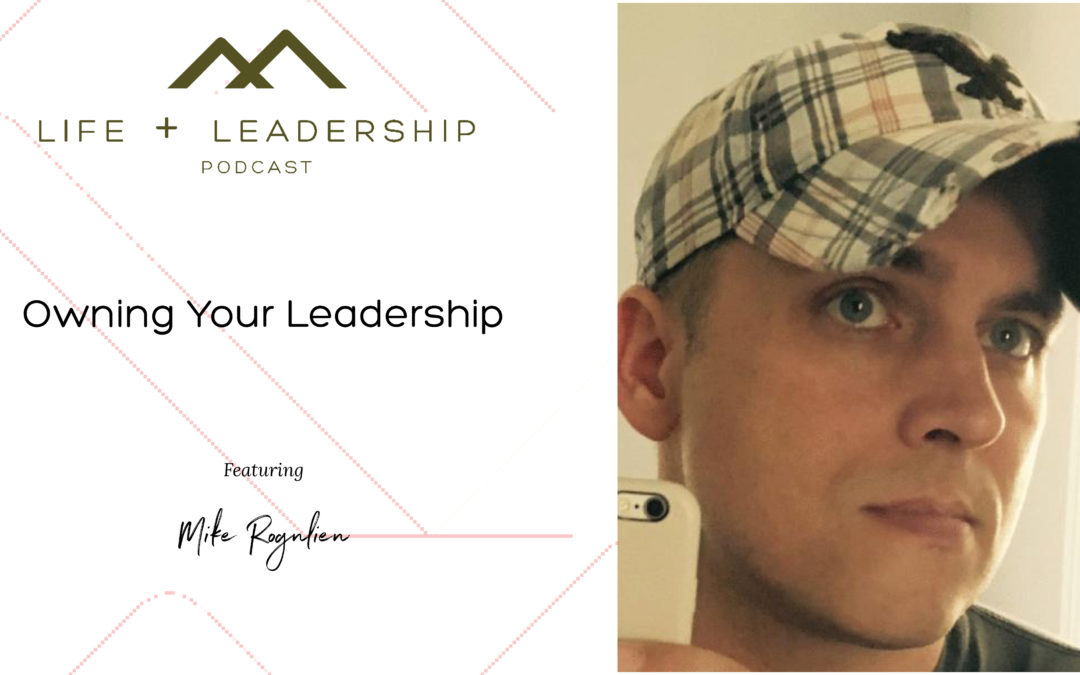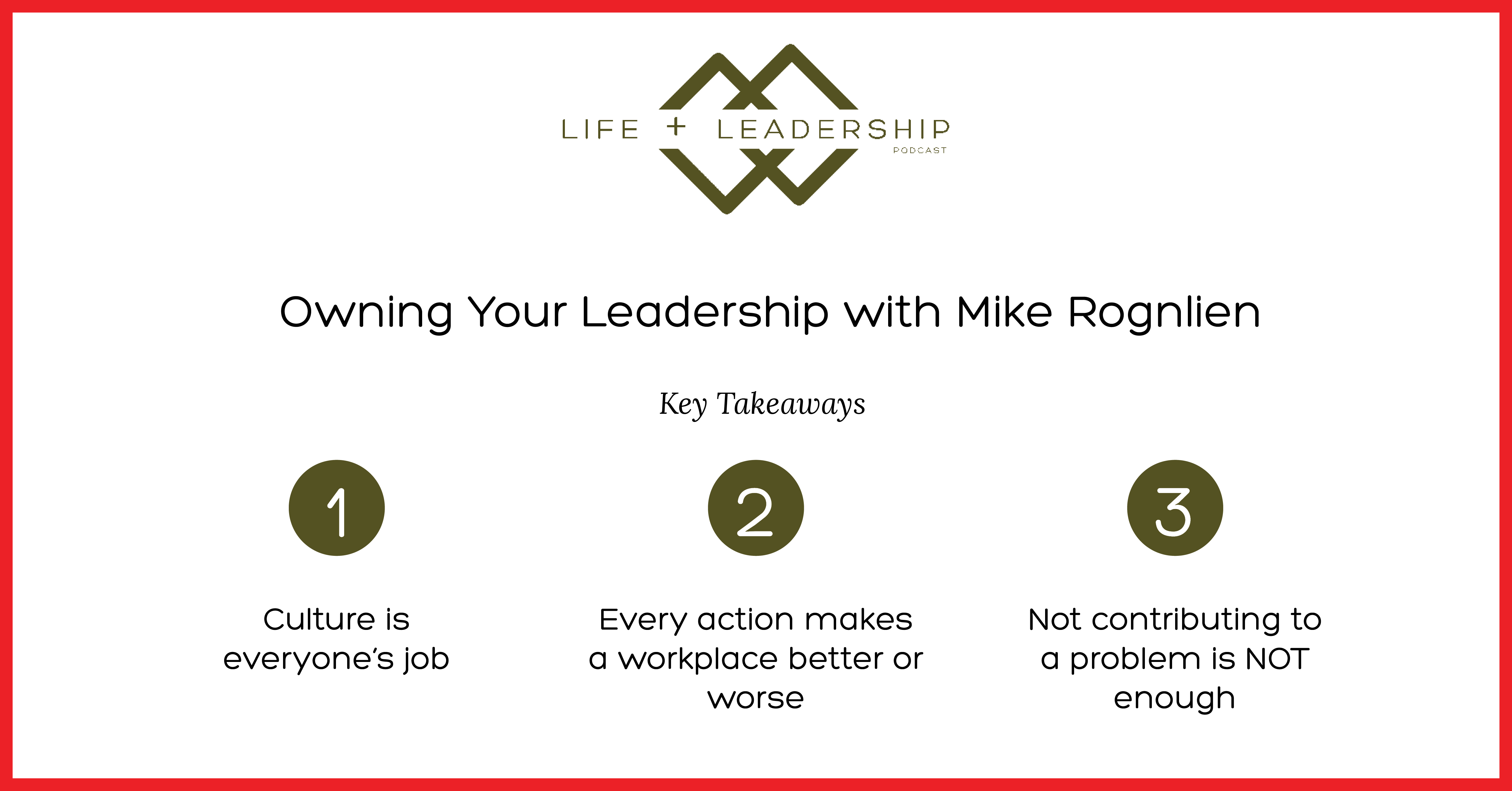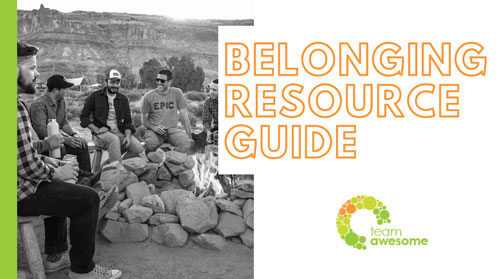Work culture is everyone’s responsibility. No matter your job title, your actions have an impact on other people’s experience in the workplace. And your inaction has an impact, too. So, what can you do to get off the sidelines and OWN your leadership?
Today, we’re joined by Mike Rognlien, the founder of Multiple Hats Management, a consulting team out of Chicago created to help clients build awesome cultures in every organization, at every level. He has nearly 20 years of experience building learning and development teams in the technology, financial services and management consultancy space. Best known as a founding member of Facebook’s L&D team, Mike specializes in cultural leadership, unconscious bias, and program strategy and design, and he is the author of This is Now Your Company: A Culture Carrier’s Manifesto.
Mike begins by defining organizational culture and explaining why it’s everyone’s job. He discusses why neutrality at work is NOT a good thing, describing why simply not contributing to a problem is not enough. Mike also shares the difference between spectator mode and leader mode and offers insight around how you can own your career and be a leader—no matter your role in the company. Listen in to understand the value of showing up as your authentic self at work and learn why quality leadership involves both WHAT you accomplish and HOW you accomplish it.
Themes explored in this week’s episode:
- How Mike got into learning and development + how company culture was the common denominator among the roles he loved
- Why culture is EVERYONE’S job
- Why neutrality at work is not a good thing
- Mike’s idea of organizational Stockholm syndrome
- How entitlement erodes organizational culture and what you can do about it
- The difference between spectator mode and leader mode + how to take an active role in the employee-manager relationship
- How Mike defines quality leadership as a combination of WHAT you accomplish and HOW you accomplish it
- Mike’s take on emotional intelligence and the value of showing up as your authentic self at work
- Measuring the health of a relationship based on the lag time between a problem being identified and that problem being discussed
Resources from this episode:
- Connect with Mike at https://multiplehatsmanagement.com/
- Hire Mike to train your team on Managing Unconscious Bias
- Follow @multiplehats on Instagram or LinkedIn
- Get a copy of Mike’s book This is Now Your Company
- Access Facebook’s Unconscious Bias Training
- Learn more about the work of Marcus Buckingham
- Check out the Hudson Institute’s Coaching Certification Training
- Explore Ken Blanchard’s work on Situational Leadership
- Discover Joseph Grenny and read Crucial Conversations
We would love to hear from you! Have an idea for a podcast or a question you want us to address? Interested in additional support, resources and workshops? Here are all the ways you can interact with us!
- Tweet us! @tegantrovato and @TeamAwesomeMKE
- Email us: tegan@BrightArrowCoaching.com and Katie@TeamAwesomeCoaching.com
- Follow us on Facebook @BrightArrowCoaching and @TeamAwesomeCoaching
- Follow us on Instagram @TeganTrovato and @katie_rasoul
- Connect with us on LinkedIn: Tegan Trovato and Katie Rasoul
- Download free tools and sign up for our newsletters, events and workshops by visiting: https://www.brightarrowcoaching.com/ and https://www.teamawesomecoaching.com/
Quotes from the episode:
“How can I not just do something really well, but teach other people to do it really well?”
“Every [action you take] is going to make the place either better or worse. There’s nothing in the middle.”
“[Culture] is the sum total of all the stuff that we say and do.”
“By the time you get to your chair on your first day, you’ve already had an impact on other people’s experience here.”
“You see that there’s a problem. You know that it needs solving. But you say, ‘Well, as long as I don’t contribute to the problem, I’m cool, right?’ My answer to that question is, unequivocally, no.”
“There’s usually one or two people that are doing really bad shit. There’s one or two people that are doing really great shit. And there’s a whole bunch of people in the middle who are doing nothing.”
“It doesn’t matter what role you’re in. It doesn’t matter how senior or junior you are or what it is that you do. If you take a firm stand for the culture that you believe in, people will listen to you.”
“We are telling people to be leaders, but then we’re treating them like spectators.”
“Leadership is a 50/50 combination of WHAT you accomplish and HOW you accomplish it.”
“I was speaking at a consulting conference for 300 suits and ties, and even the people at the hotel were like, ‘Are you here to drop something off?’ I’m like, ‘Yeah, some knowledge!’”
“You can measure the health of a relationship … by the amount of time that transpires between a problem being identified and a problem being discussed.”




Recent Comments